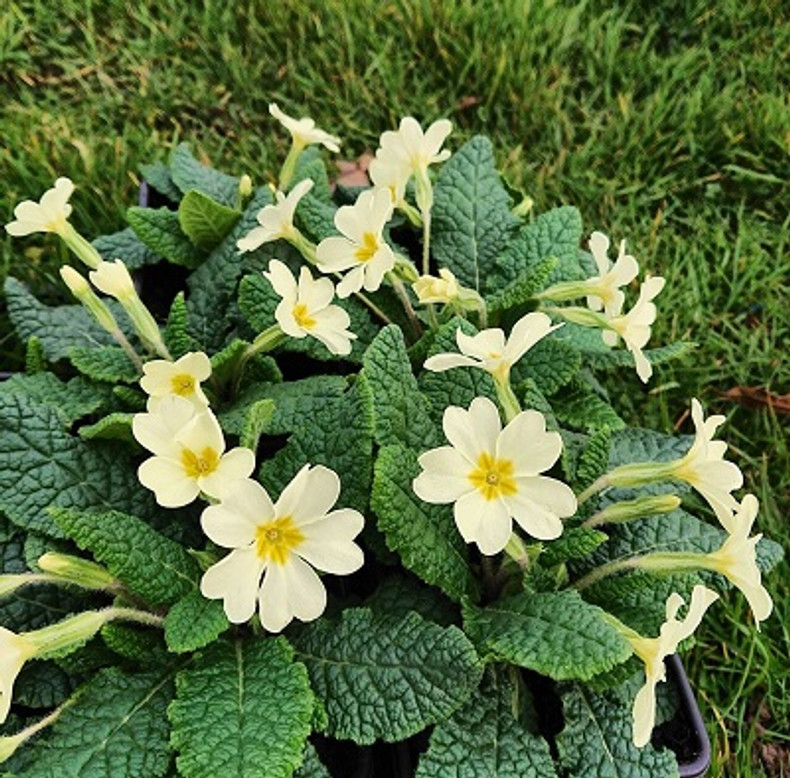Primroses are a quintessential sign of spring and the word means 'prime rose', or the first rose of spring. The flower has long been linked to faeries and it was believed that growing both red and blue 'primroses' in the garden would attract faeries. Legend has it that the plant can make the invisible visible and children would eat the flowers in order to see the little people.
It used to be believed that if women carried the flowers they would attract love. If they were worn, they would cure madness. In Wales it was said that if they flowered in June it was a sign of misfortune to come. It was believed by farmers to bring about courting misfortune if a single primrose was picked. Dreaming of primroses is said to suggest happiness in a new friendship.
They have been much used in folk medicines in our past. The Romans believed they would cure malaria and the roots have been used as an expectorant and the flowers to treat jaundice. Over the years various parts of the plant were used to cure insomnia, restlessness, freckles, spots and minor wounds.
The favourite flower of Prime Minister Benjamin Disraeli was the primrose and the Primrose League was formed in 1883 to preserve his memory. The league established 'Primrose Day' on 19th April, the day his death, and encouraged the wearing of primroses to mark the occasion.
From Gerard's Herbal (1597): "A practitioner of London who was famous for curing the phrensie, after he had performed his cure by the due observation of physick, accustomed every yeare in the moneth of May to dyet his Patients after this manner: Take the leaves and floures of Primrose, boile them a little in fountaine water, and in some rose and Betony waters, adding thereto sugar, pepper, salt and butter, which being strained, he gave them to drinke thereof first and last." Please note, we do not advocate this remedy!
Other common names of Primrose include Butter Rose, Darling of April, Easter Rose, Lent Rose, May-flooer, May Spink, Paigle and Password.
Primroses make attractive garden plants and enjoy damp soil with spring sun and summer shade, so under or next to trees or shrubs is ideal. If happy they will set seed and spread to naturalise the area gracefully. Many of the 'primroses' found for sale are hybrids and not the true primrose. We sell Primula vulgaris, which is the true wild primrose.

